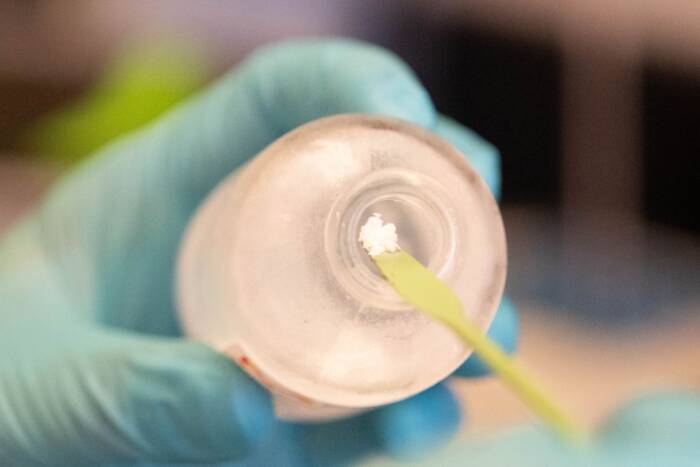Anna Katherine Kruyer
 Anna Katherine Kruyer
Anna Katherine Kruyer
Presented by Erin Norris on behalf of herself and Sidney Strickland
B.A., Fordham College at Lincoln Center
The Effect of Chronic Hypertension on Neuropathology in the TgSwDI Mouse Model of Alzheimer’s Disease
When Anna Kruyer moved to New York City from a small town in western Ohio, she set out to study communications at Fordham University, following in her mother’s footsteps. Lucky for us, her plans changed. Anna found herself immersed in science courses and independent projects using Drosophila, C. elegans, and zebrafish in labs at Fordham, Columbia, and University of Cincinnati, and soon realized she was really meant to be a neuroscientist. Her undergraduate mentors felt the same way. She was referred to as “a true catch,” while another advisor stated, “I’ve never had a better student. Poise, drive, maturity, intelligence, curiosity—she has it all.”
When Anna joined the Strickland Lab, she started studying the GluK4 receptors, which are involved in diseases such as schizophrenia, depression, and bipolar disorder, and also took part in studies on our lab’s novel mouse model of hemorrhagic stroke. After these works were published—co-authored by Anna—her focus shifted to Alzheimer’s disease. She began characterizing the pathology of an Alzheimer’s disease mouse line that produces high levels of b-amyloid deposits along the brain’s microvessels. Anna and I attended an Alzheimer’s disease conference together in the summer of 2012, where we heard numerous clinicians present epidemiological evidence that untreated midlife hypertension drastically increases one’s risk for Alzheimer’s disease. It was during this insanely fun yet intensely scientific time in Vancouver that we created her thesis project.
By treating her Alzheimer’s disease mouse model, which our lab affectionately calls the TgSwDI line, with a chemical vasodilator, Anna induced chronic hypertension prior to the onset of Alzheimer’s disease pathologies. Her findings were remarkable. Not only did hypertension exacerbate the Alzheimer’s disease pathology and cognitive impairment that were already known to occur in these mice, but it also induced significant degeneration of neurons and pericytes that had not been found previously. Most notable, though, was the impact of hypertension on the ultrastructure of the brain’s microvessels surrounded by b-amyloid and the apparent dysfunction of the nearby cellular components. Anna is currently continuing her work on this project in the hopes that we can nail down the cellular and molecular mechanisms that make untreated midlife hypertension so damaging
to the brain.
In addition to Anna’s scientific abilities, she’s one of the most likeable people I’ve ever met. She is funny, sweet, helpful, supportive, happy, mature, and kind. I can’t think of a time I asked her to help me with something or carry out an experiment where she didn’t genuinely smile and say, “Of course!”
I couldn’t have gotten luckier having Anna as my first official graduate student. She has set the bar incredibly high for the next student who comes along. Something tells me no one will ever really fill her shoes.


